
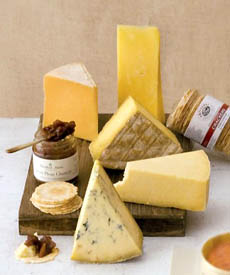
Let them eat cheese! Invite your friends over for a party that is sure to delight. You can build a cheese party around a theme, such as the British cheeses shown above, available as a gift collection at ArtisanalCheese.com.
June 2005
Updated July 2009
|
 |
Cheese Tasting Party
Page 3: Tasting The Cheeses
This is Page 3 of a three-page article. Click on the black links below to visit other pages.
Tasting Cheese
Determine the tasting order. Taste mild cheeses first, and progress to the stronger ones. Finish with blue and “stinky” cheeses. This is one of the most important steps in tasting, whether wine or cheese; it allows your palate to adjust to the increased intensity in flavors.
Two other rules of thumb:
- Taste goats first, sheep second, cows last. This is very important, especially with French cheeses. There are exceptions with non-French cheeses.
- Taste soft cheeses before hard cheeses. This is a “sometimes” rule because alternating textures can make for interesting contrast.
Taste each cheese beginning at its center; then work your way to the rind where the cheese is most aged and stronger in flavor.
- Start from the tip of your tongue and working towards the back of your mouth. This brings the cheese in contact with all of the taste receptors and sense areas: sweet, salty, acidic, and bitter.
Evaluate each characteristic. Sniff the cheese just as you would a glass of wine, to understand and appreciate its aroma. Notice and evaluate these characteristics:
- Texture (smooth, grainy, crunchy, etc.)
- Density/weight (how compact the cheese feels in your mouth)
- Intensity (how flavorful the cheese is)
- Acidity (tartness, lemoniness)
- Fruit (fresh dairy tones, sweetness)
- Saltiness
- Flavors (earthy, nutty, roasty, toasted, musty, mushroomy, meaty, et al)
- Finish (how long the flavors remain in the mouth)
Pair matching wines and/or beers. A cheese tasting also affords the opportunity to taste different wines with your cheeses. Your fromagier may be able to make recommendations; if not, your wine store advisor may; or you can do research to find many recommended pairings. Don’t feel obligated to like the textbook matches: this is your opportunity to let your palate be your guide.
Also see our article, Pairing Cheese With Wine & Beer.
Go To Article Index Above
Nibble Tip
Consider a vertical cheese tasting. Explore the variety of cheeses from a certain region or a particular milk, e.g. five different kinds of goat cheese. From fresh goat to aged goat to parmesan- and cheddar-like goat cheeses, it will be a wonderful voyage.
Photo courtesy of FrenchGoatCheeses.com. |
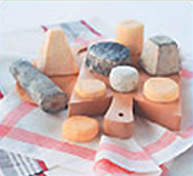 |
Cheese Lover’s Library
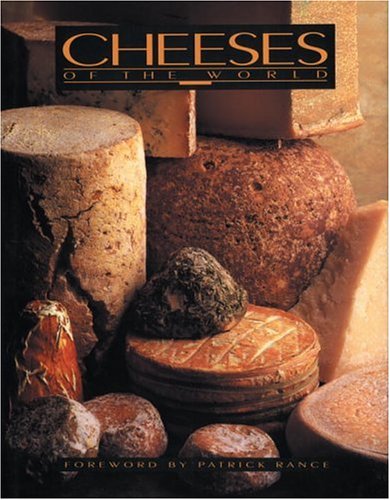 |
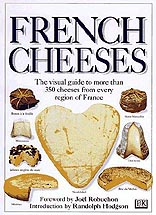 |
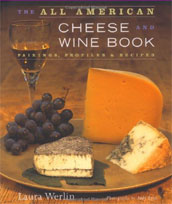 |
| Cheese of the World: An illustrated guide for gourmets. The photos in this book are so gorgeous you might be tempted to eat the page. Click here for more information. |
French Cheeses: 350 cheeses all from France available, at-a-glance. Click here for more information. |
All American Cheese and Wine: They're meant for each other. You may know the classics, but there are a myriad more to discover. Click here for more information. |

|








